
It’s exciting to be reading this. Growing up, I definitely read large sections of it and used it as a reference but I’ve never read it cover to cover.
Note that most of my comments will be about things I personally find interesting, not an extensive discussion of everything in the book. (That goes for all my reviews I guess.)
Introduction
Instantly the Introduction is of interest because, having read everything up to this point, it specifically describes some of the changes in AD&D compared to Original D&D – eg stronger Fighters and Clerics.
The overview of the Game is a great bit of visualisation. It’s not about the mechanics – it’s about the flavour, the feats, the adventure. Even after all these years of playing these games, I find this an exciting read – it makes my imagination soar.
Character Creation
So, character creation, and the obvious first odd thing is how to generate your ability scores – use a method given to you by the DM from the DM’s Guide – which at this point wasn’t published yet! Further to that – no combat tables either!
Huh, I remember there being class/race limitations but not to this extent. No Dwarven clerics or magic-users, no Elven rangers etc. And so many other limitations on min/max ability scores and max character levels attainable depending on race/class.
Another rule I’d forgotten about – the fighter and fighter sub-classes can attack once per level of their experience per round if fighting monsters of less than one hit die.
There are all sorts of small details for each class that we never made use of when we played as kids. The monk takes the cake for all its specific rules.
Hit Points, Weapons and Armour
Now here’s an interesting rule – the DM can choose to keep the hit points of the characters a complete secret and only describe roughly how they feel – eg very weak.
It’s nice how Gygax describes the rationale for the hit point system – that basically the increasing hit points gained per level reflect increasing skill at dealing with attacks and damage – eg while 8 hit points of damage may kill a 1st level character, a 10th level character with 50 hit points will have managed to use their skill to mean proportionally they’re not in such a bad way from those same 8 hit points of damage.
Another rule we overlooked – shields can only be counted against a certain number of attacks per round.
The weapon type armour class adjustment tables make sense but are a bit of a nightmare. I remember a friend of mine having the combat computer to do all the calculations.
Spells
Spells, so many spells…
You know, when you really study some of the spells, you find some that can be incredibly useful. For example, lots of people complain about how hard Tomb of Horrors is, especially things like the spoilers! … thing that completely annihilates you. And yet, there’s a simple second level cleric spell called Augury which will pretty much tell you it’s a bad idea to put anything in it.
Gygax obviously has a sense of humour – some of the material components for spells are quite funny – eg for Wall of Fog, you need some split dried peas (ie pea soup fog) and there’s even a fart joke – for Gust of Wind you need a legume seed.
Without knowing it, Gygax has also described a dance rave spell, the Hypnotic Pattern – where the illusionist uses a crystal rod fill with phosphorescent material to mesmerise creatures into dumbstruck awe by waving it around in fancy patterns.
Adventuring
Now we move on to a smattering of sections about Adventuring – time, movement, light, etc. It’s a long time since I’ve read this and even then, I’m not sure I ever read a lot of these sections – there are quite a few tips that Gygax gives for how to deal with things like traps and tricks.
Combat
And then we come to Combat. I’d forgotten that you’re supposed to roll for initiative each round. Seems a bit tedious besides being a bit odd. To tell you the truth, I am rather confused by the example combat given. Eg how surprise doesn’t give a full round of actions, just some extra segments to the surprisers. And how the illusionist at one point has initiative and goes to cast a spell but is then interrupted by the thief attacking. There’s definitely not enough information given to explain how all this works. It must have been a very frustrating wait for the DM’s Guide to clarify all this. This is a recurring pattern. Eg for saving throws – “Your Dungeon Master has tables which show the saving throw scores…”
Although come to think of it, with regards to combat, I don’t think we ever played strictly by the rules. We probably played more of a bastardised AD&D/Basic combination of rules.
I like how Gygax at numerous times points out that this is a game. When it comes to modelling hit points, how combat rounds work, how experience points are gained, he very clearly states that of course it’s not very realistic in some respects but then neither are 12 foot tall giants. To model those things in detail does not make for a fun swashbuckling adventure!
Appendices
Appendix I – Psionics
Huh, reading Appendix I, I think I’ve finally got a grasp on how psionics works. I was totally confused by the explanations in the OD&D Greyhawk supplement. This explains it much better. I still think it’s a totally unnecessary part of the game when there’s already a magic system.
Uhhhh, no. Wait. I still don’t get it. I understand the numbers and the Disciplines, but there are still things that are unclear. A Psionic Blast is the only thing that works against non-psionics, but it doesn’t actually tell you what it really does – like, are the recipients incapacitated for a round or something? I guess there’s more on this in the DMs Guide.
Appendix II – The Bard
The Bard is pretty much exactly the same as described in Strategic Review 2.1 with the exception that they now get Druid spells instead of Magic User spells.
Appendix IV
The known planes of existence finally get a very clear overview.
Overall
Commenting on the book as a whole, like the Monster Manual, the step up in quality is pronounced – the design, layout and organisation is fantastic.
In terms of what’s new, in some ways it doesn’t feel that there’s actually much that’s new conceptually. Rather, it’s a consolidation, distilling, refinement and extension of all the combined OD&D plus supplements plus extra bits from Strategic Reviews and Dragon mag. There’s also a notable culling of over-powered spells along with some other things that weren’t deemed good ideas like hit location.
Oh, and we get the new Wizard logo instead of the Lizard logo.
Oh, and I almost forgot to mention the art by DCS and Tramp – it’s all fantastic! (Except the picture of the races – that’s a bit how-ya-going.)
Date Information – June 1978
Acaeum says June, Of Dice and Men says it was available just in time for Gen Con in August.
The copyright says June, but to tell you the truth, I’m not so sure that it was actually available in June. Oddly, Dragon mag doesn’t mention the Players Handbook in its editorials or even Gygax’s Sorcerers Scroll column. The only place it gets a mention is in some ads saying it will be available at Gencon in August. And in the August issue, it says it’s available now. Oh well, I guess it was just widely available for most people at Gencon and available in small quantities in June. Also, as far as I can tell, the first printings have the G and D series modules in the catalog in the back. Which weren’t really available till July at Origins. I guess that was just forward planning. Also of note, the official copyright registered is August 15th (but it wasn’t registered until 1980). Oh and one other thing, they were already into a second printing in September! So all in all, it’s a bit tricky – it’s probably really July or August but I’m going with June anyway.



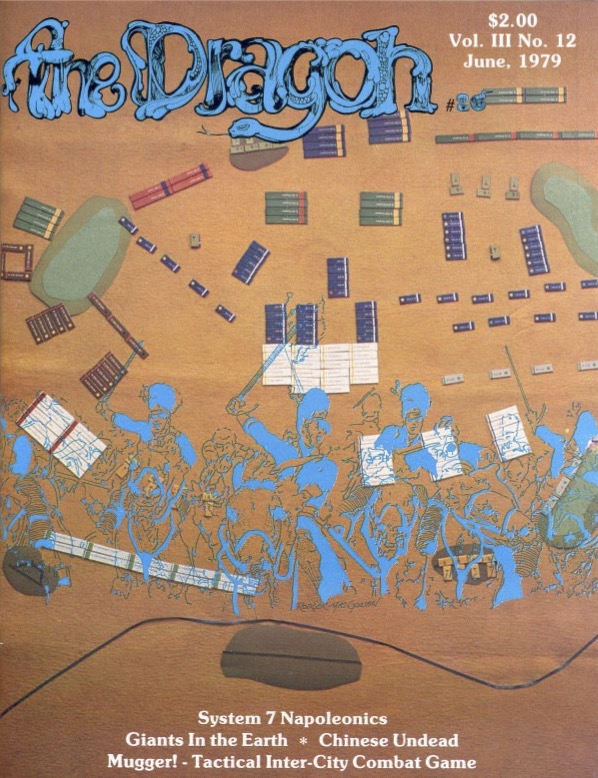
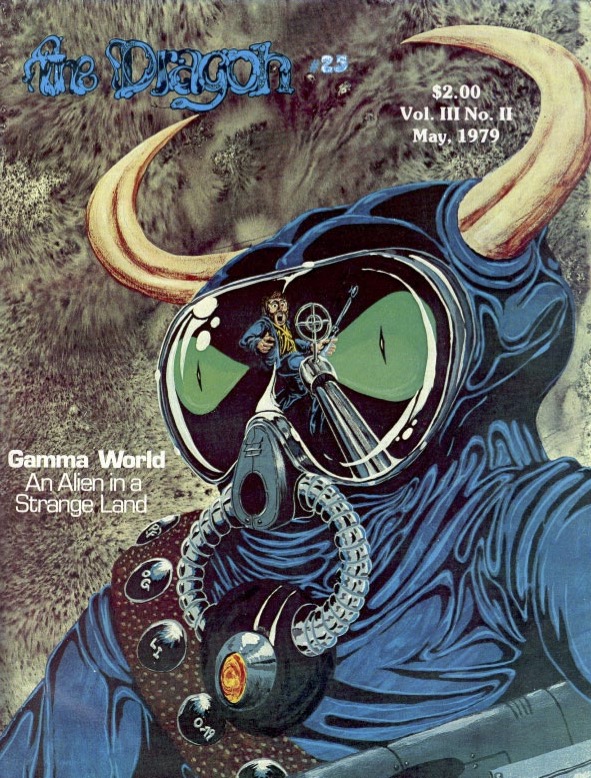
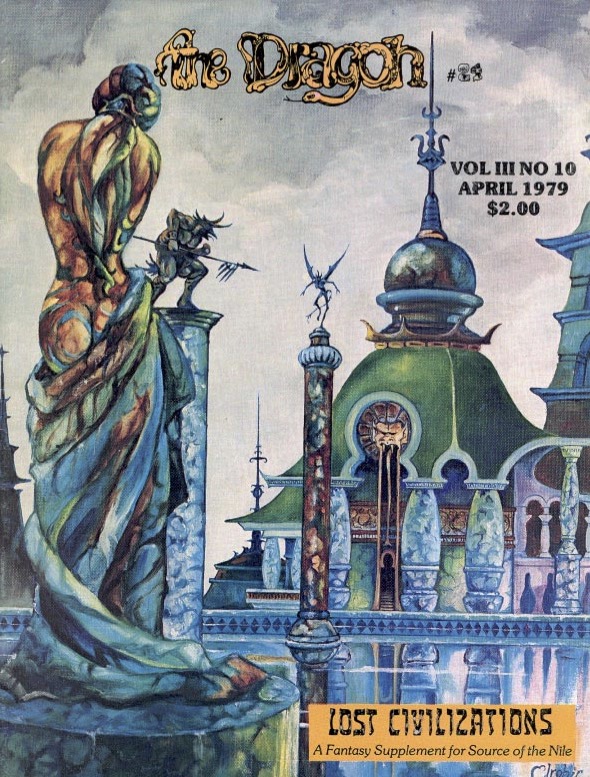
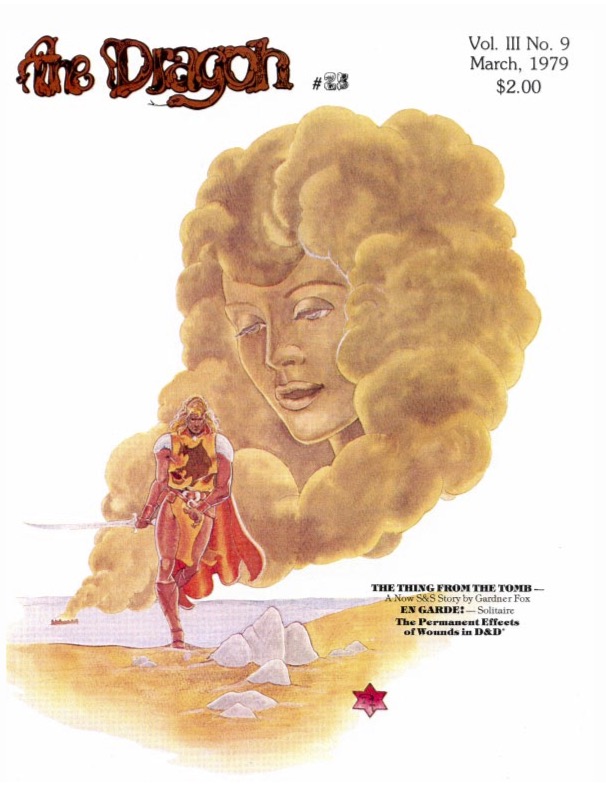



 What’s New
What’s New
 General
General

 What’s New
What’s New
 Art
Art
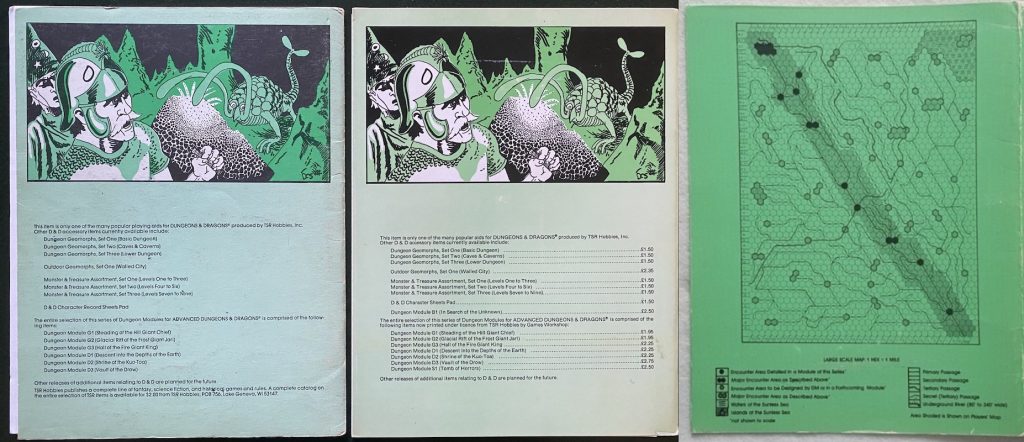 General
General

 Cover – UK, Aus
What’s New?
Cover – UK, Aus
What’s New?
 Art
Art
 Back cover – UK, Aus
Back cover – UK, Aus
 General
General

 What’s New?
What’s New?
 Art
Art
 General
General
 Image Information
Image Information
 US, UK, Australian prints
What’s New?
US, UK, Australian prints
What’s New?
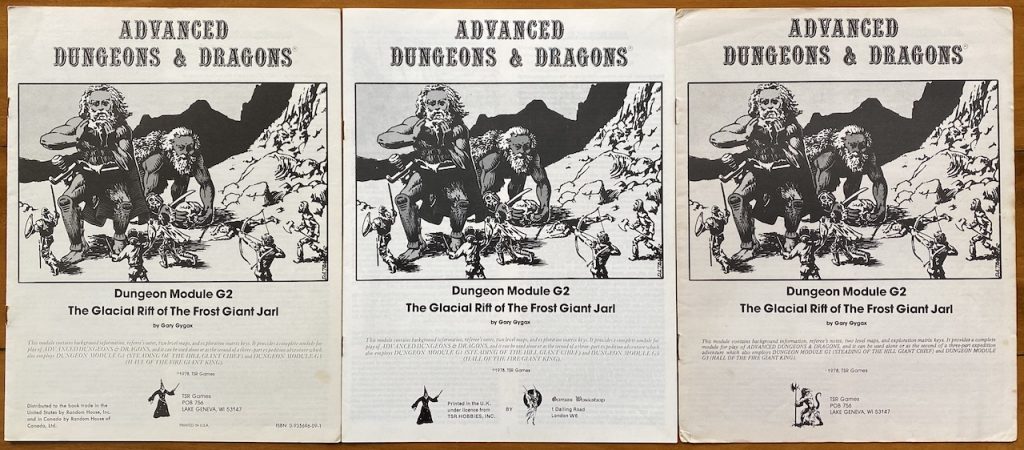 Art
Art
 General
General
 Image Information
Image Information
 US, UK, Australian prints
US, UK, Australian prints
 Art
Art
 General
General
 Image Information
Image Information
 What’s new?
What’s new?
